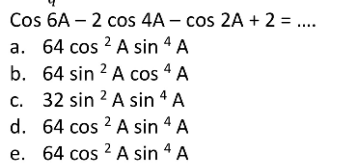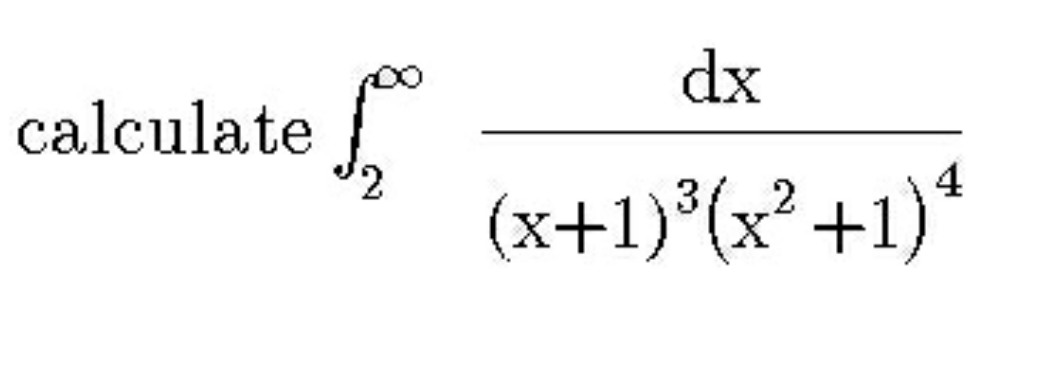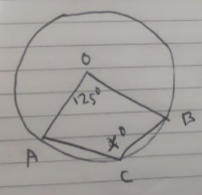
AllQuestion and Answers: Page 1187
Question Number 97795 Answers: 1 Comments: 0
Question Number 97794 Answers: 1 Comments: 3
$$\mathrm{solve}\:\mathrm{y}^{''} \:+\mathrm{y}\:=\frac{\mathrm{1}}{\mathrm{cosx}} \\ $$
Question Number 97784 Answers: 1 Comments: 0
Question Number 97782 Answers: 2 Comments: 1
$${Evaluate}: \\ $$$$\int\:\frac{{sinx}}{\mathrm{1}\:+{sin}^{\mathrm{2}} {x}}{dx} \\ $$
Question Number 97781 Answers: 1 Comments: 0
Question Number 97779 Answers: 0 Comments: 1

Question Number 97775 Answers: 3 Comments: 2

Question Number 97759 Answers: 1 Comments: 0
Question Number 97752 Answers: 1 Comments: 4

Question Number 97751 Answers: 2 Comments: 3
Question Number 97746 Answers: 1 Comments: 1
Question Number 97737 Answers: 2 Comments: 3
Question Number 97725 Answers: 0 Comments: 3
Question Number 97721 Answers: 1 Comments: 3

Question Number 97892 Answers: 1 Comments: 0

Question Number 97707 Answers: 3 Comments: 0

Question Number 97694 Answers: 1 Comments: 7

Question Number 97683 Answers: 3 Comments: 3
Question Number 97680 Answers: 0 Comments: 1

Question Number 97675 Answers: 1 Comments: 0

Question Number 97671 Answers: 0 Comments: 1

Question Number 97660 Answers: 2 Comments: 1

Question Number 97658 Answers: 0 Comments: 1
Question Number 97657 Answers: 0 Comments: 1
Question Number 97656 Answers: 1 Comments: 1
Question Number 97649 Answers: 1 Comments: 3

Pg 1182 Pg 1183 Pg 1184 Pg 1185 Pg 1186 Pg 1187 Pg 1188 Pg 1189 Pg 1190 Pg 1191
